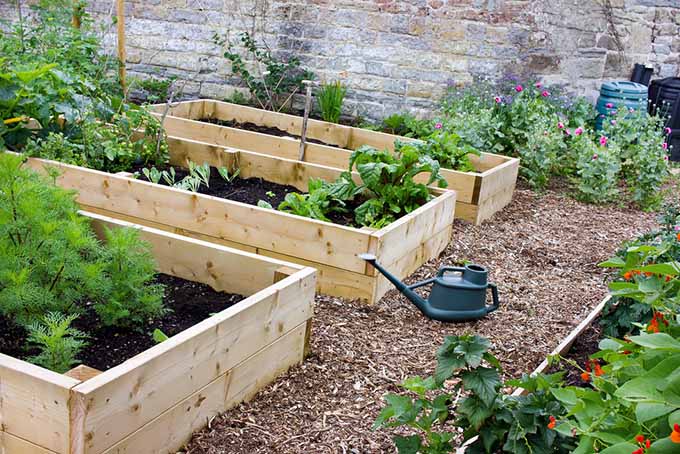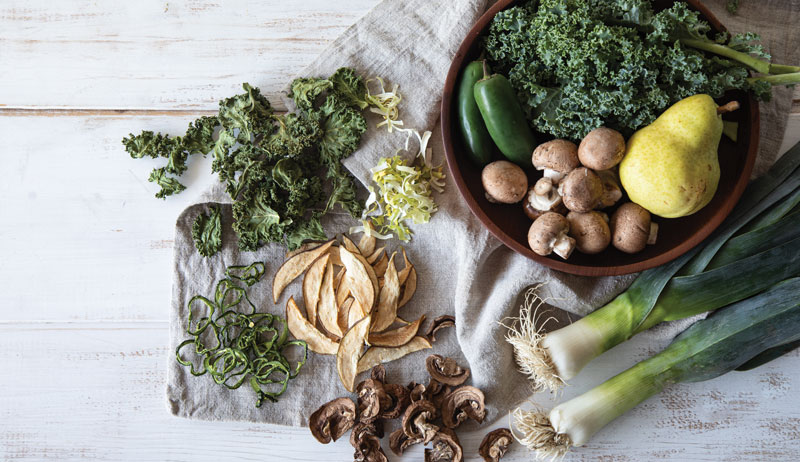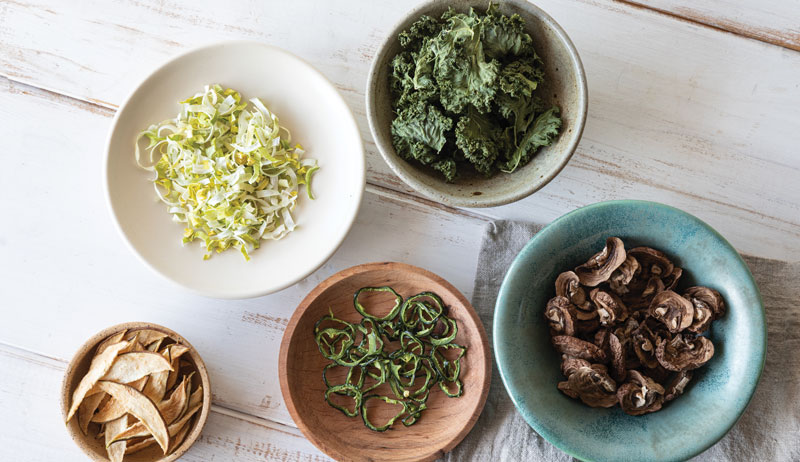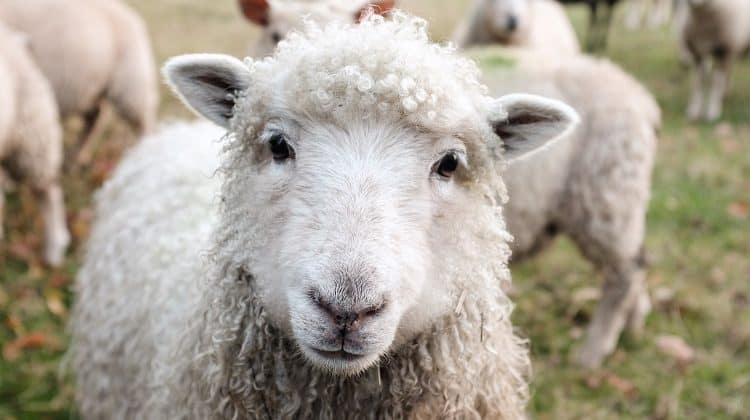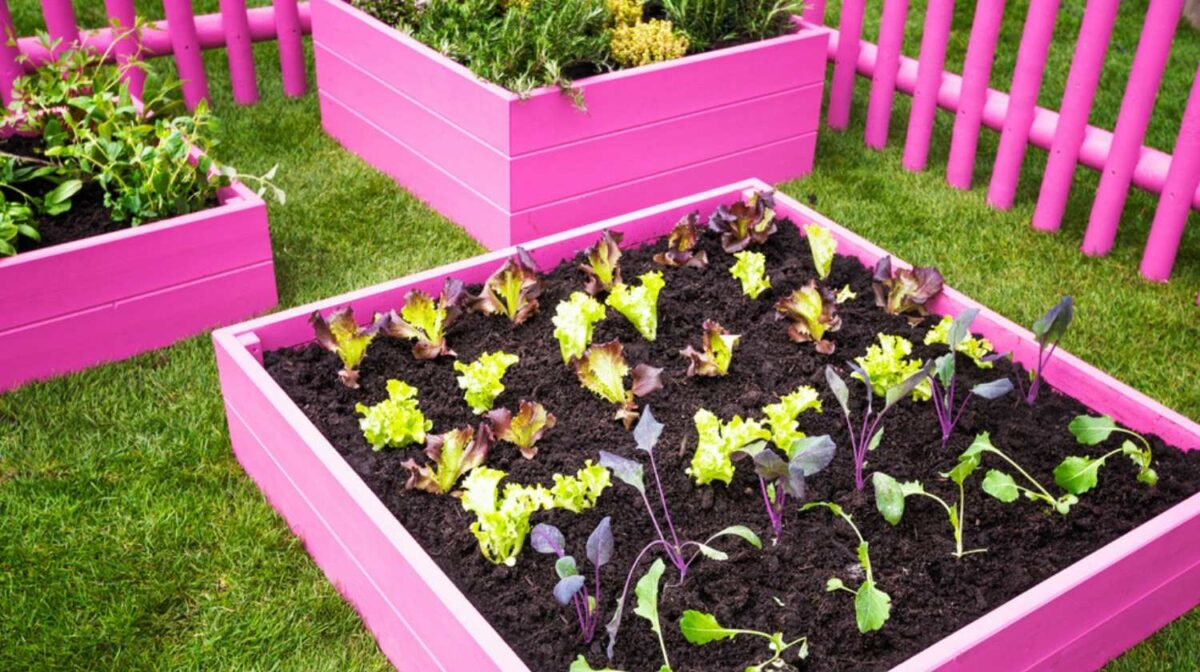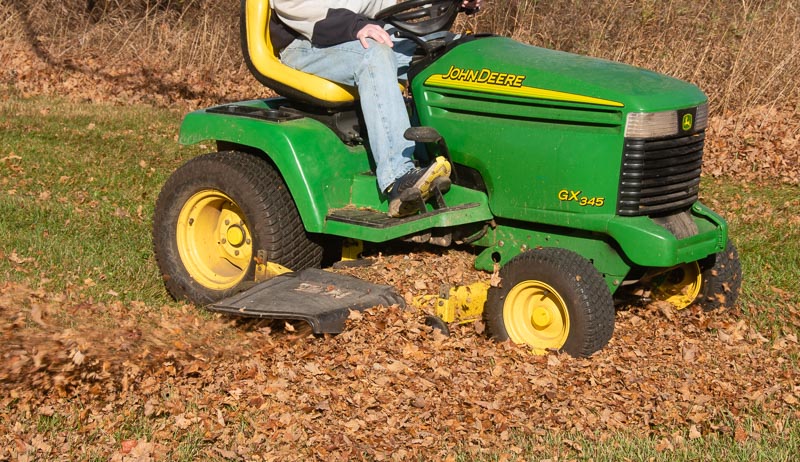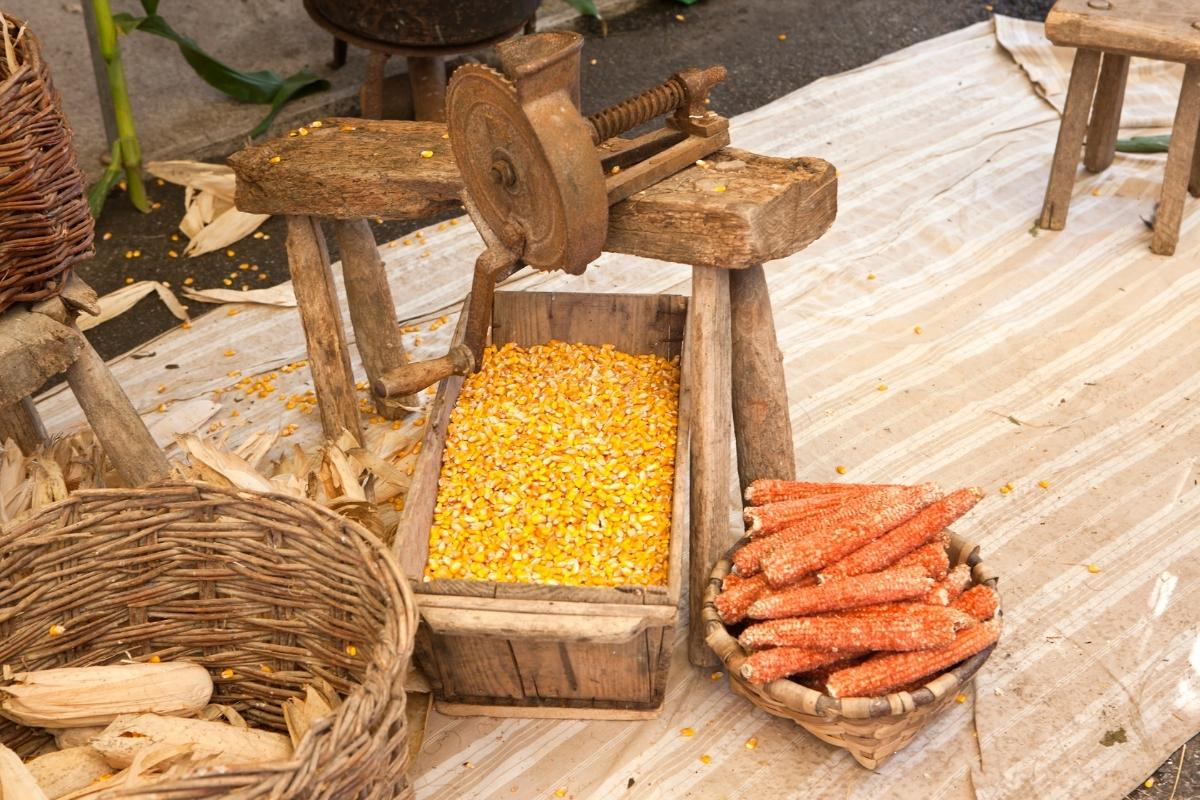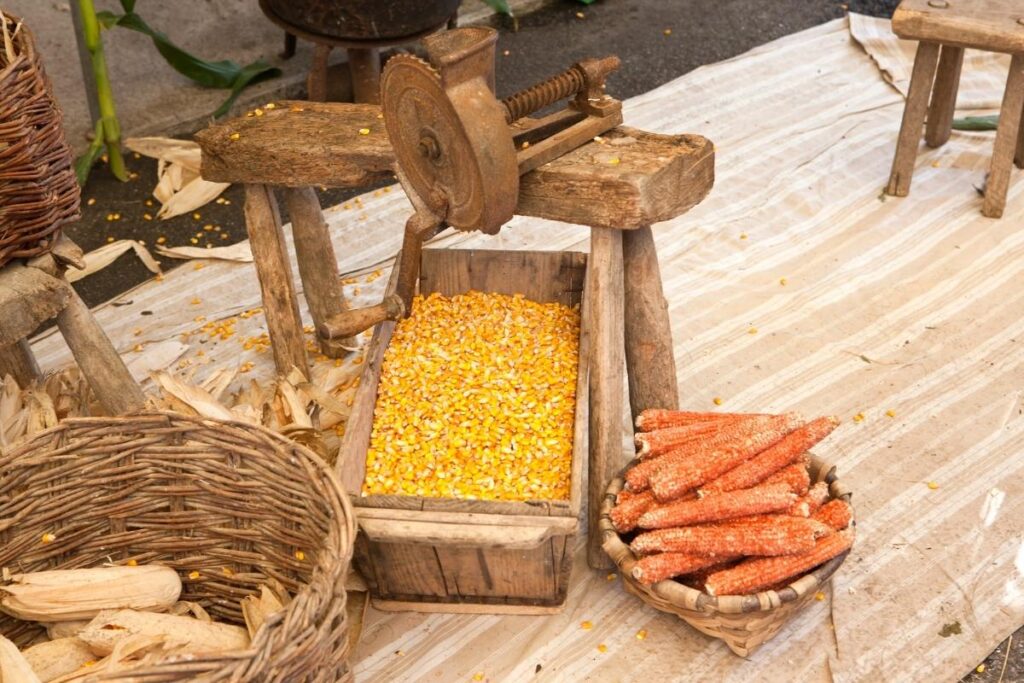Simple farm tools were in the history of vegetable growing and are still indispensable tools with which you can grow and cultivate various vegetables, plants, or fruits. If you want to make a salad with your vegetables without going to the supermarket or worrying about pesticides, then this is the sign that you need to start creating one. Your vegetable garden can be a method by which you could have fresh vegetables at your disposal or a therapy through which you can relax.
To create your small vegetable garden around your house, you need to have some knowledge and some simple tools to make your work easier. Don’t make the mistake of venturing out or being influenced by all the super tools you see in the store. For starters, you must focus on the basics. If later the passion expands and you really want to become a farmer, then you can also purchase other fancy tool or agricultural machinery.
In today’s article, we have proposed to offer you eleven tools to help you create and maintain your vegetable garden.
Gardening gloves
Since this activity involves working with soil and water, the first essential tool you need to purchase is a pair of gardening gloves. The gardening gloves will protect your hands by keeping them dry and clean while preventing the risk of blisters. They are available in a wide variety of colors and equipped with robust, water-resistant materials that will keep your hands clean when in contact with water or wet soil, but also with breathable parts that will improve the airflow.
Garden Hose with Adjustable Nozzle
Plenty of water is the basis for growing healthy vegetables. A garden hose is an indispensabletool that you must purchase. It will help you water your plants and other decorative plants, flowers, or trees in your yard. The garden hose comes in several diameters, but it doesn’t matter which one you choose to take as long as you intend to buy also an adjustable nozzle. The adjustable nozzle will help you control the water pressure and the spray radius. The spray radius is important in watering leguminous plants because it will water the root without touching the leaves.
Garden Shears and Knife
The garden shearswill help you to keep your garden clean and tidy. This tool is sharp and has soft grip handles for comfortable use. With its help, you can cut flowers, new branches, or young shoots.However, if you do not want shears, you can also purchase a garden knife that has a sharp blade that will do the same thing as scissors, namely to clean up the garden in spring or autumn.
Hand Fork
Another small but useful tool is the hand fork. With an ergonomic handle and some stainless steel teeth, the hand fork is the one that will help you aerate and loosen the soil. Moreover, you can use it…
